Introduction
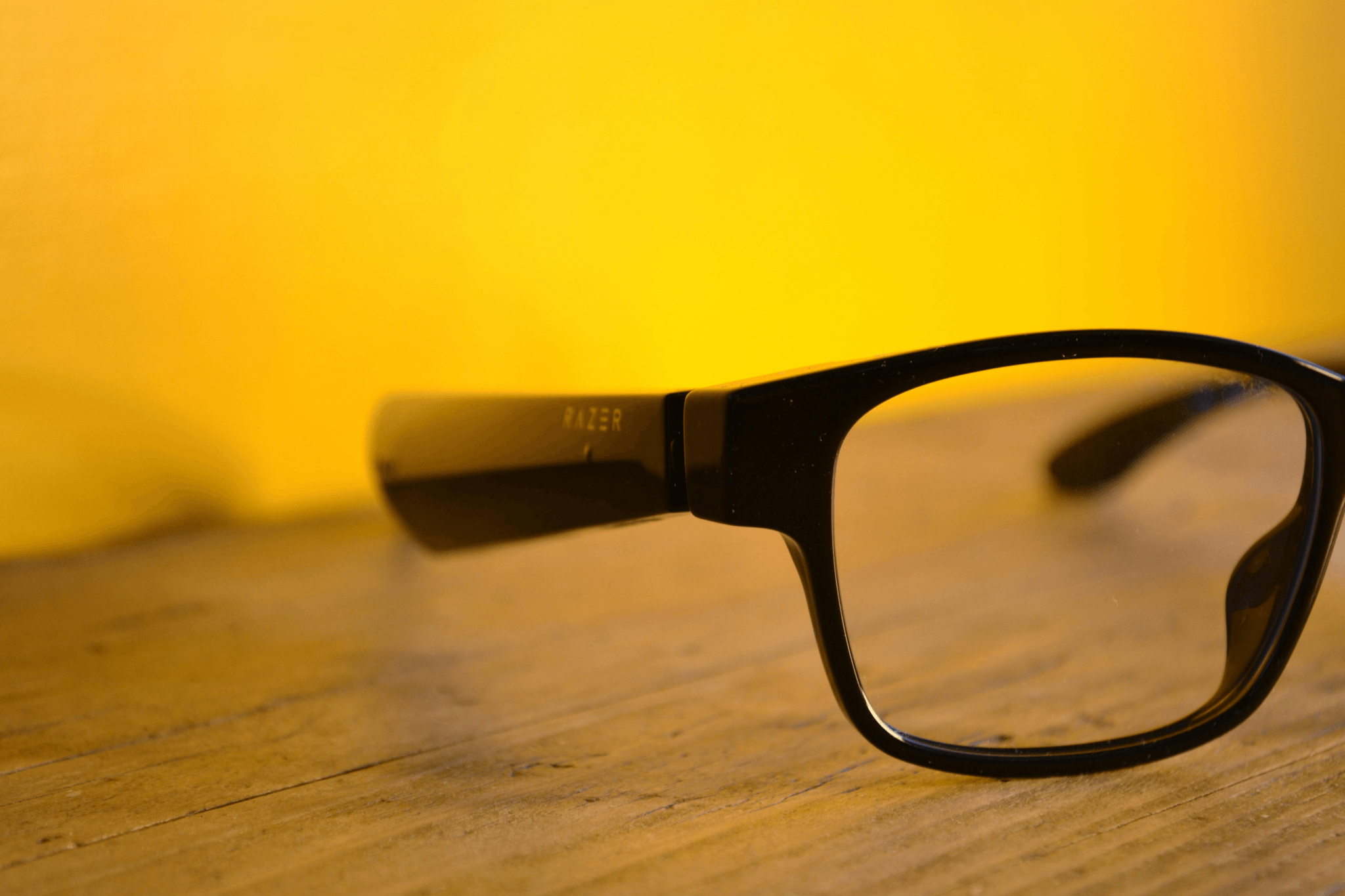
Choosing the right glasses can feel like navigating a maze, especially with so many options available for different vision needs. Whether you find yourself squinting at road signs or struggling to read a menu, understanding your unique requirements is crucial. The right pair of glasses not only enhances your vision but also boosts your confidence and complements your style.
Importance of Choosing the Right Glasses
Selecting the appropriate eyewear goes beyond mere aesthetics; it directly impacts your daily life and activities. For instance, if you need glasses for near and far vision, opting for the wrong type can lead to discomfort and frustration. Finding the perfect fit can make all the difference in how well you see and enjoy life’s moments.
Understanding Vision Needs for Different Activities
Different activities demand different visual capabilities, from reading a book up close to watching a movie from afar. Understanding what glasses can see both far and near is essential for anyone who engages in diverse tasks throughout their day. Whether you're an avid reader or someone who enjoys outdoor adventures, knowing your vision needs will guide you toward the most suitable eyewear options.
Overview of Glasses Types for Near and Far Vision
Multifocal lenses, including bifocals and progressives, cater to those who need both reading assistance and distance clarity—so yes, you can get glasses for both reading and distance! Additionally, exploring what lens is best for far and near vision will empower you to make informed decisions that enhance not just how well you see but also how stylishly you do it.
Identifying Your Vision Problems
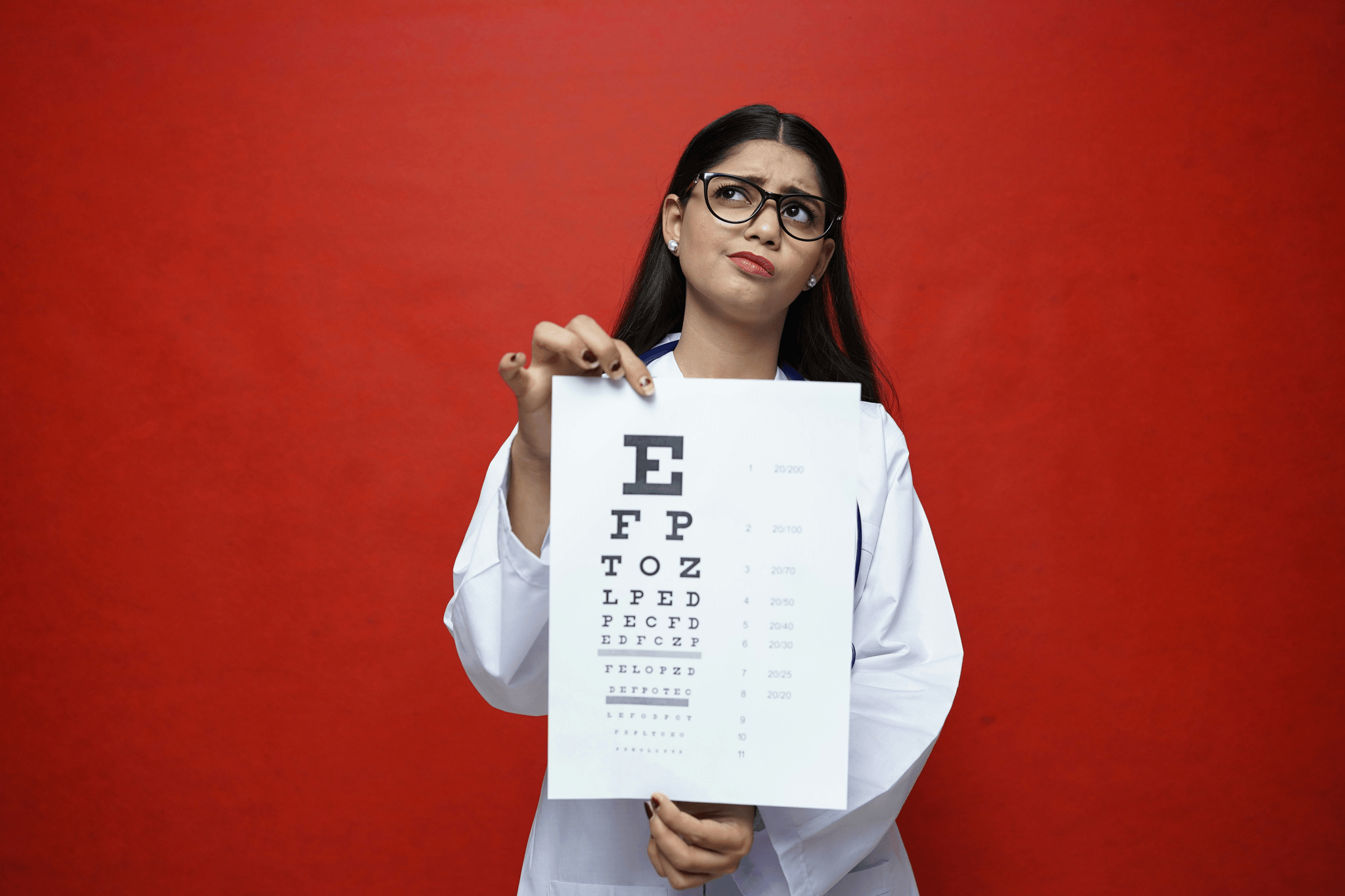
Understanding your vision problems is the first step toward finding the right glasses for near and far vision. Many people experience difficulties with both distance and close-up tasks, which can lead to frustration in daily activities. By recognizing symptoms and seeking professional help, you can ensure that you choose the appropriate eyewear to enhance your visual experience.
Symptoms of Near and Far Vision Issues
Symptoms of vision problems can vary widely but often include blurred vision when reading or difficulty focusing on distant objects. If you find yourself squinting at road signs or holding books at arm's length, it may be time to consider what type of glasses do I wear—distance or near? These indicators are crucial in determining whether you need multifocal options or specialized lenses tailored for specific activities.
Eye Exams: What to Expect
An eye exam is essential for identifying your specific vision needs, including whether you require glasses for near and far vision. During the exam, an eye care professional will perform various tests to assess your eyesight and determine any underlying issues affecting your vision. Expect a comprehensive evaluation that may include visual acuity tests, refraction assessments, and even digital imaging of your eyes.
Consulting with an Eye Care Professional
Consulting with an eye care professional is vital in understanding what lenses are best for far and near vision based on your unique needs. They can guide you through the options available, including bifocals, progressives, and other multifocal solutions tailored just for you. With their expertise, you'll be empowered to make informed decisions about whether you can get glasses for both reading and distance effectively.
What Glasses Can See Both Far and Near?
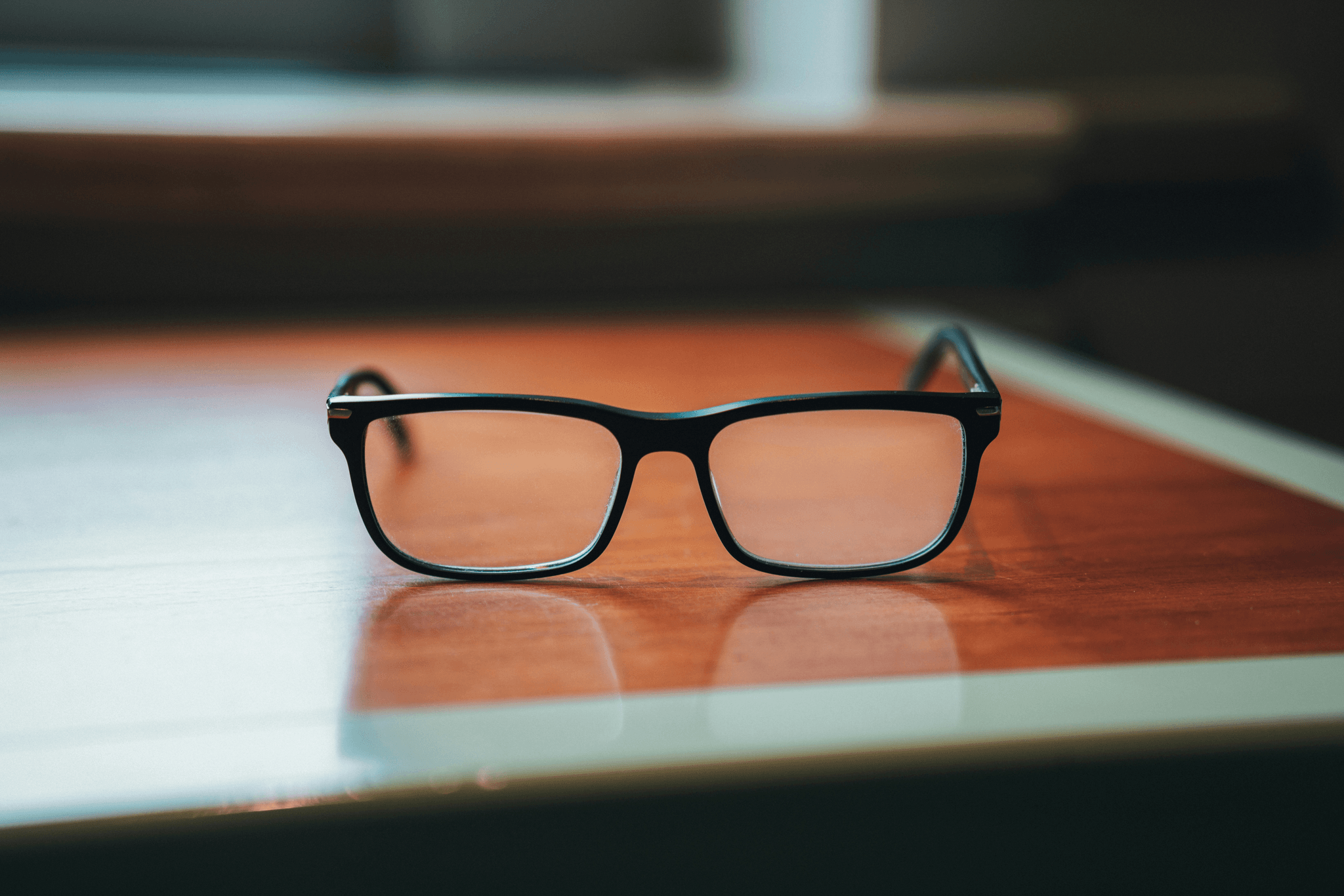
Exploring Progressive Lenses
Progressive lenses are a popular choice for those seeking glasses for near and far vision. Unlike traditional bifocals, which have a distinct line separating the two lens powers, progressive lenses offer a seamless transition between multiple focal points. This means you can focus on objects at varying distances without any noticeable jumps in vision quality—perfect for multitaskers who find themselves switching between reading a book and enjoying a panoramic view.
The beauty of progressive lenses lies in their versatility. They cater to your specific visual needs across different activities, from driving to reading fine print. If you've ever asked yourself, What lens is best for far and near vision? progressive options might just be your answer.
Benefits of Bifocals vs. Progressives
While bifocals have been around for ages and serve their purpose well by providing clear vision at two distances, they come with some limitations compared to progressives. Bifocals feature a distinct separation between the distance and reading portions of the lens, which can sometimes feel jarring when transitioning your gaze from one area to another. This division may lead some users to wonder if they can get glasses for both reading and distance that are more fluid.
On the other hand, progressives eliminate this abrupt shift by offering a gradual change in lens strength from top to bottom. This means you won’t have to tilt your head awkwardly or adjust your posture just to read something up close or see something afar—your eyes do all the work! So if you're pondering whether bifocals or progressives are right for you, consider how much time you'll spend switching between different tasks.
Popular Brands: Varilux and Essilor
Varilux has been pioneering innovative designs that cater specifically to those needing glasses for near and far vision since its inception; their reputation speaks volumes about their commitment to quality optics. On top of that, Essilor offers an extensive range of customizable options tailored specifically for individual lifestyles—whether you're an avid reader or someone who spends hours working on screens.
These brands not only provide excellent visual clarity but also emphasize comfort through advanced technology such as anti-reflective coatings or blue light filters tailored for modern life’s demands. If you're still wondering what type of glasses do I wear: distance or near? Exploring offerings from Varilux and Essilor could provide you with exactly what you need!
What Lens is Best for Far and Near Vision?
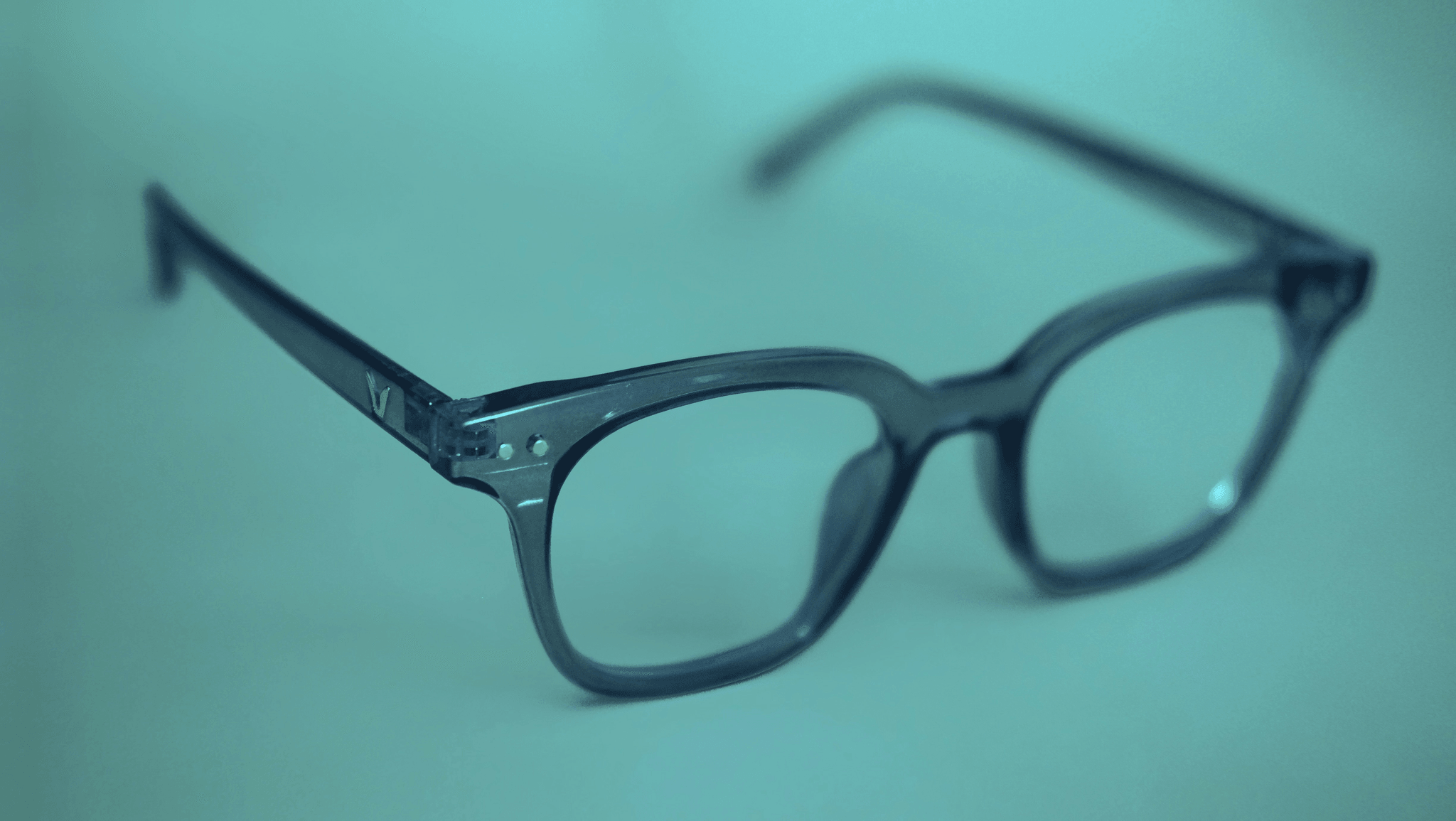
Understanding Ultraviolet Protection
Ultraviolet (UV) protection is crucial when choosing glasses for near and far vision, as prolonged exposure to UV rays can harm your eyes. High-quality lenses should offer 100% UV protection to shield your eyes from harmful rays that contribute to cataracts and other eye conditions. If you're asking yourself, Can you get glasses for both reading and distance? rest assured that many multifocal options come with built-in UV protection.
When selecting lenses, look for those labeled as having UV400 protection; this indicates they block all light rays with wavelengths up to 400 nanometers. This feature is especially important if you spend time outdoors or drive frequently, as it helps maintain healthy vision over time. Remember, protecting your eyes should be a priority regardless of whether you need distance or reading glasses.
High-Index Lenses Explained
High-index lenses are a game-changer when it comes to comfort and style in eyewear, especially if you're considering what type of glasses do I wear: distance or near? These lenses are thinner and lighter than traditional options while providing the same level of prescription strength—perfect for those who require stronger prescriptions but want a sleek look. If you're on the hunt for what lens is best for far and near vision, high-index lenses could be just what you need.
The beauty of high-index lenses lies in their ability to reduce the bulkiness associated with strong prescriptions without compromising visual quality. This means less weight on your nose and more freedom in choosing stylish frames! Plus, they often come with additional features like anti-reflective coatings that enhance clarity further.
Anti-Reflective Coatings and Their Importance
Anti-reflective coatings are another essential aspect of modern eyewear that significantly improve visual comfort—especially when wearing glasses for near and far vision throughout the day. These coatings minimize glare from screens, headlights, or bright sunlight, making them ideal if you're wondering about getting glasses that work well both indoors and outdoors. They enhance contrast while reducing distractions caused by reflections on your lenses.
If you've ever asked yourself What type of glasses do I wear: distance or near? consider how much time you spend in front of digital devices; anti-reflective coatings can make a world of difference! Not only do they improve visibility during everyday tasks like reading or driving at night, but they also give your eyewear a sleek appearance by allowing more light through the lens surface.
In conclusion, finding the perfect combination of features—like UV protection, high-index materials, and anti-reflective coatings—can transform how you experience daily life with corrective eyewear. With so many options available today tailored specifically to meet various lifestyle needs—including customization from brands like Daposi—you'll be well-equipped to make informed decisions about your next pair of glasses!
Can You Get Glasses for Both Reading and Distance?

Finding the right solution for your vision needs can be a game-changer, especially if you’re wondering, Can you get glasses for both reading and distance? The good news is that multifocal options exist to address both near and far vision challenges. These specialized lenses are designed to provide clear sight at multiple distances, making them a popular choice for those who need versatility in their eyewear.
Multifocal Options Explained
Multifocal lenses are ingeniously crafted to help individuals see clearly at varying distances. They typically include bifocals or progressive lenses, each catering to different visual requirements. Bifocals have distinct sections for near and far vision, while progressive lenses offer a smooth transition between multiple focal points without visible lines—perfectly answering the question: What glasses can see both far and near?
For those wondering what lens is best for far and near vision, progressive lenses often come out on top due to their seamless design that accommodates various activities throughout the day. They allow wearers to shift focus effortlessly from reading a book to spotting something across the room. This versatility makes multifocal options an excellent investment in your eye health.
Choosing the Right Frame for Multifocal Lenses
Selecting the appropriate frame is crucial when opting for multifocal lenses; not all frames are suitable for every type of lens. It's essential to consider factors such as frame size, shape, and fit since these aspects can significantly affect how well you see through your glasses for near and far vision. A wider frame may be beneficial if you prefer progressive lenses since it provides ample space for different focal areas.
Additionally, comfort should never be overlooked; after all, you'll likely be wearing these glasses throughout your daily activities! Ensure that the frame sits comfortably on your nose and ears without pinching or sliding down your face—this will make all the difference in how effectively you use them while going about your day-to-day tasks.
Personalization: Tailoring to Your Lifestyle
When it comes to finding the perfect pair of glasses that cater to both reading and distance needs, personalization is key! Consider how often you read versus engage in activities like driving or watching television—this will help determine which multifocal option suits you best. For instance, if you're an avid reader who also spends time outdoors, investing in high-quality transition lenses might be ideal.
Brands like Daposi take customization seriously by offering tailored eyewear solutions that align with individual lifestyles. Their commitment goes beyond just providing stylish frames; they focus on innovative designs that enhance functionality while respecting eco-friendly practices. So whether you're looking for trendy styles or practical features, Daposi ensures your eyewear truly reflects Bringing Your Vision to Life.
What Type of Glasses Do I Wear: Distance or Near?
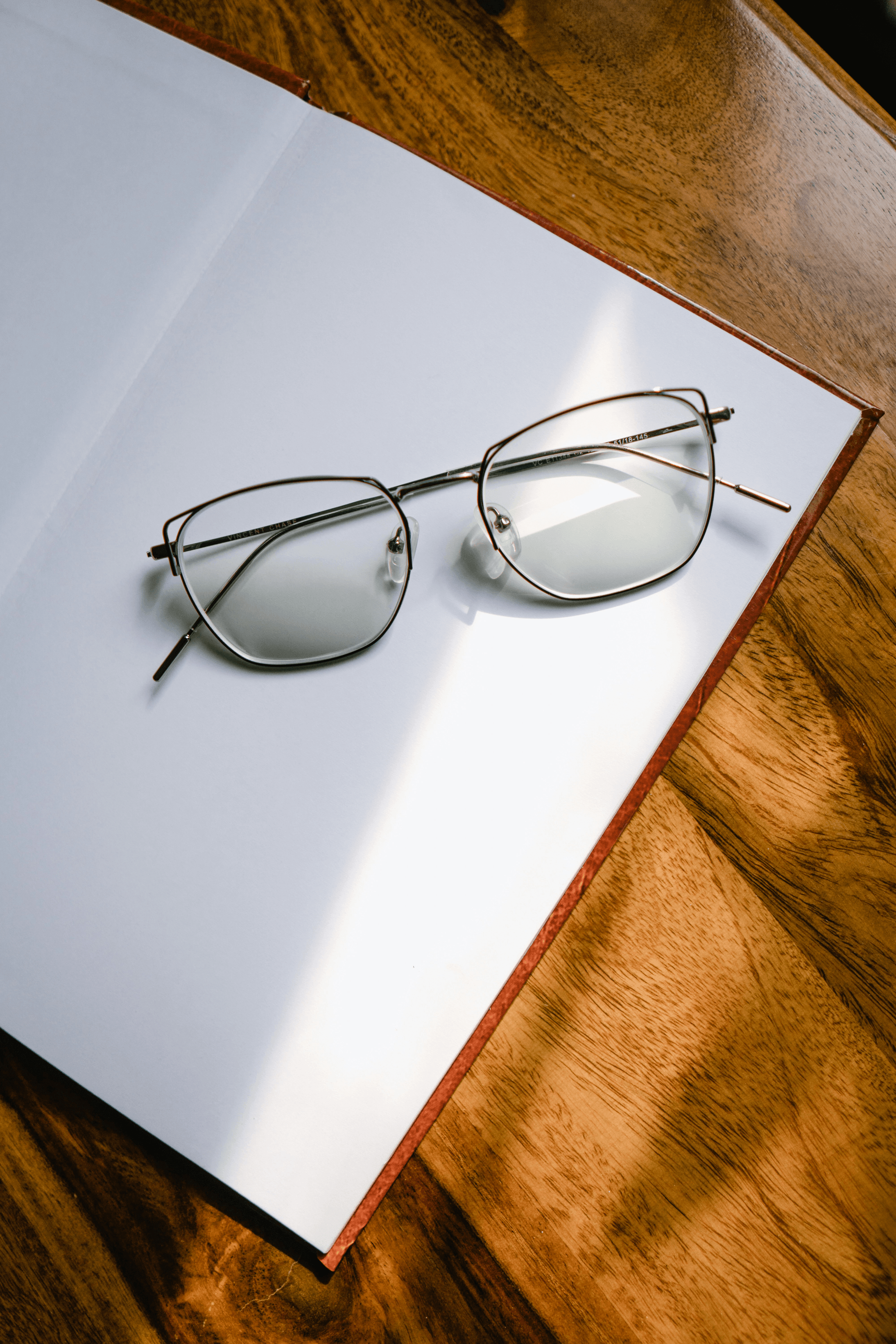
Choosing the right type of glasses is crucial for your vision needs, whether you're dealing with nearsightedness or farsightedness. With so many options available, it can be overwhelming to decide what type of glasses you should wear—distance or near. Understanding the differences between these types of lenses will help you make an informed choice that enhances your daily activities.
Knowing the Difference Between the Two
Distance glasses are designed to help you see clearly at long ranges, making them ideal for driving or watching a movie. On the other hand, reading glasses are tailored for close-up tasks like reading a book or working on a computer, providing clarity for those intricate details.
Understanding your specific vision needs will guide you toward the right solution. If you find yourself squinting at road signs while driving but can read fine print without issue, distance glasses may be your best bet. Conversely, if you're struggling to decipher text on a page but have no trouble spotting objects in the distance, then reading glasses could be your answer.
When to Choose Single Vision vs. Multifocal
Now that you've grasped what type of lenses are out there, it's time to consider when to choose single vision versus multifocal options like bifocals or progressives. Single vision lenses are perfect if you only need correction for one specific range—either distance or near. However, if you're looking for versatility and want one pair of glasses that cater to both reading and distance viewing needs, multifocal options might just be your ticket.
Multifocal lenses offer seamless transitions between different focal points without needing multiple pairs of glasses cluttering up your space. This means you won’t have to switch between different pairs when shifting from reading a menu in a dimly lit restaurant to enjoying a scenic view outside! So if you're asking yourself Can you get glasses for both reading and distance?—the answer is yes!
Lifestyle Considerations in Your Choice
Your lifestyle plays an important role in determining what type of glasses do I wear: distance or near? If your day-to-day activities involve frequent transitions between close-up tasks and long-range viewing—like working on projects at home while also attending outdoor events—you'll likely benefit from multifocal lenses designed specifically for both scenarios.
On the flip side, if you're primarily engaged in activities that require focused viewing at either extreme (like sports or extensive computer work), single vision lenses may suit you better! Ultimately, understanding how you use your eyes throughout each day will help narrow down whether high-index lenses with anti-reflective coatings might be beneficial as well.
In conclusion, finding out which pair suits you best involves considering not just prescription needs but also lifestyle habits! To make this journey even more exciting—and stylish—brands like Daposi offer customization options that bring your unique vision ideas into reality! 🌟
Conclusion
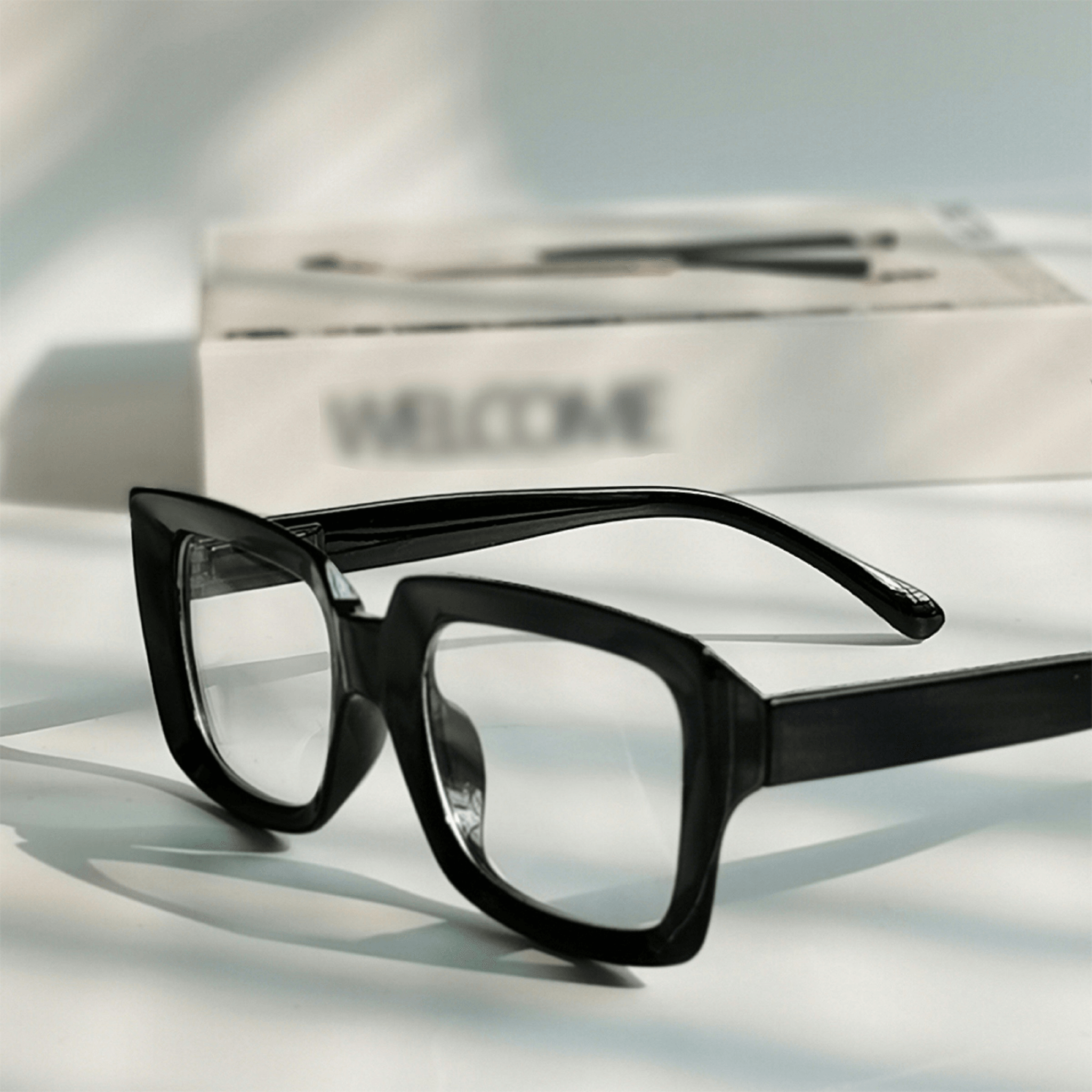
Choosing the right glasses can feel like a daunting task, especially when trying to find a pair that meets all your vision needs. Whether you're searching for glasses for near and far vision or contemplating what glasses can see both far and near, it's essential to consider your specific requirements. The right pair of glasses not only enhances your vision but also complements your lifestyle.
Finding Your Perfect Pair of Glasses
If you often switch between reading and enjoying distant views, multifocal options might be the answer, allowing you to seamlessly transition without missing a beat. Ultimately, finding the ideal balance between comfort and functionality will lead you to the perfect pair of glasses for near and far vision.
Making Informed Decisions on Vision Needs
Making informed decisions about your vision needs requires an understanding of various lens options available today. From bifocals to progressive lenses, knowing what lens is best for far and near vision will empower you as a consumer. Don't hesitate to consult with an eye care professional who can guide you through the selection process tailored specifically to your lifestyle.
Exploring Customization with Brands like Daposi
Customization is key in today's eyewear market, especially when seeking unique solutions that reflect personal style while addressing functional needs. Brands like Daposi are revolutionizing how we think about eyewear by offering tailored solutions that bring your creative ideas to life—whether it's through innovative designs or sustainable practices. With their commitment to quality and customization, Daposi ensures that every pair not only meets your visual requirements but also stands out in any crowd.
